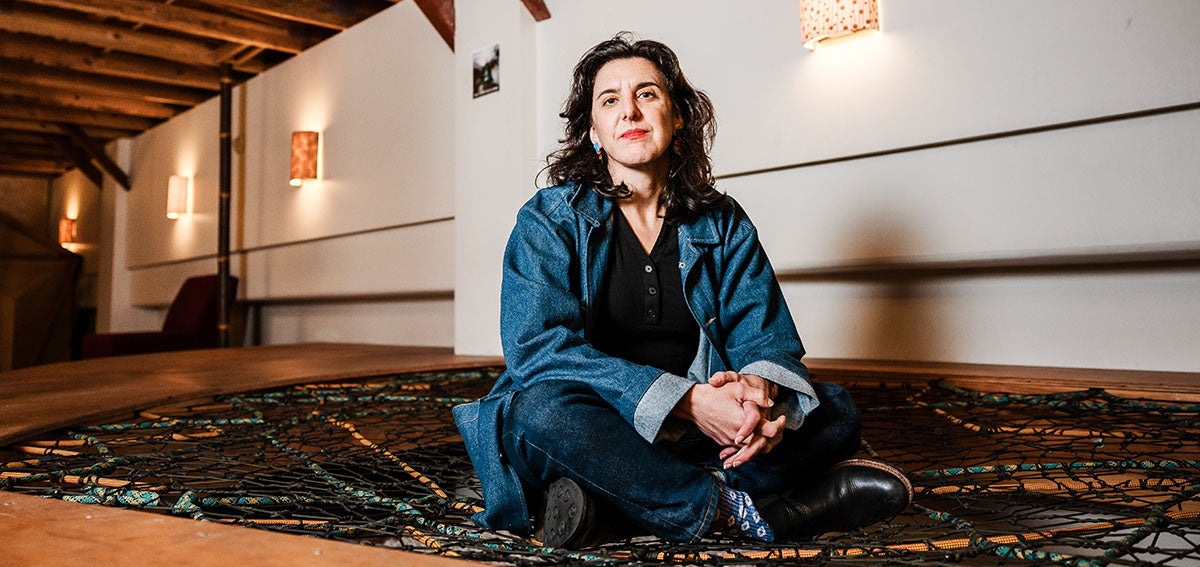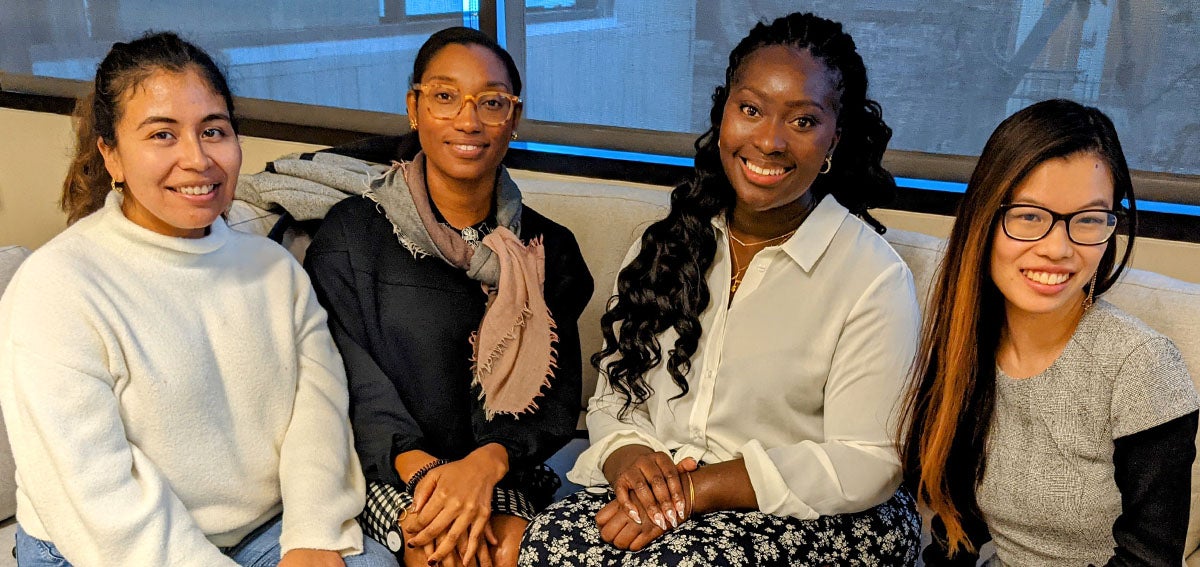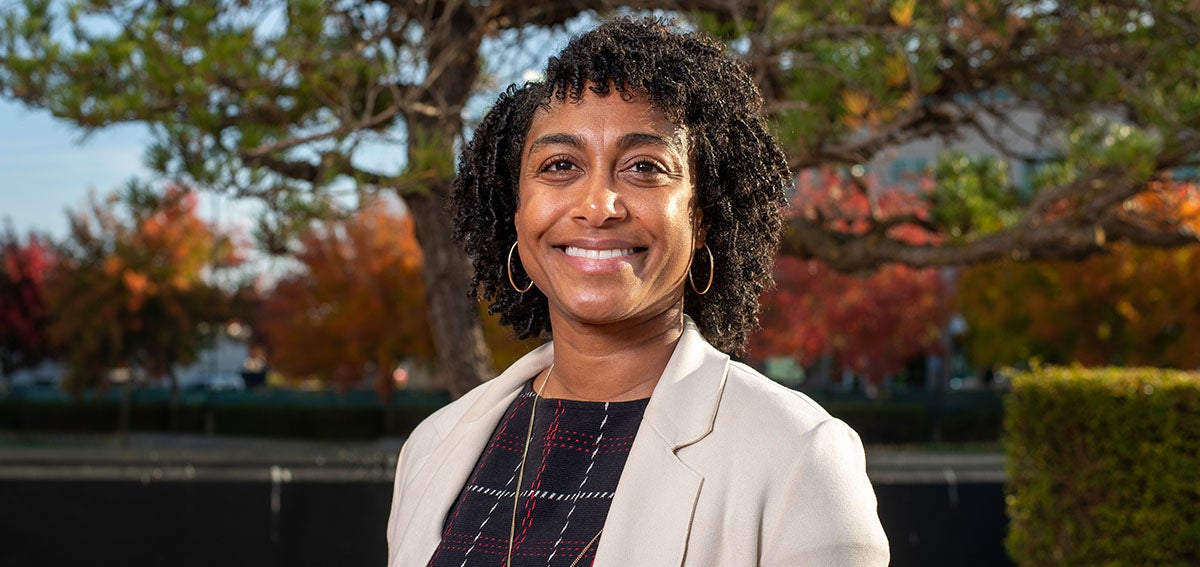

Five days after George Floyd died in the custody of Minneapolis police officers while unarmed and handcuffed, journalist Cerise Castle went to Pan Pacific Park in Los Angeles to report on a protest. According to Castle, a news producer at Santa Monica NPR affiliate KCRW, the protesters were mostly peaceful, holding signs and chanting. A group of Aztec protesters was performing a ceremonial dance.
But around 4 PM, everything changed. “That was when police in full riot gear made their way to the intersection and began firing rubber bullets without warning at protesters and journalists, such as myself,” Castle told PBS NewsHour. Although she was holding her media credential over her head, she was hit in the arm with a rubber bullet, she said in a tweet. As she ran away from the commotion, she sprained an ankle, she told the US Press Freedom Tracker, which was launched by more than two dozen press freedom organizations in 2017 to document threats against journalists.
During weeks of nationwide protests against police violence, journalists like Castle have put their health and safety on the line to keep the public informed. Armed with only face masks, cameras, notebooks, and microphones, they have interviewed protesters and documented the historic events. For their trouble, some have been met with targeted violence, arrest, or censorship by law enforcement agencies. The US Press Freedom Tracker has documented over 400 press freedom incidents at protests between May 26 and June 10, including at least 58 arrests, 54 physical attacks by police, and 52 tear gassings.
“What we are seeing is an unprecedented attack [on] journalists,” said Carlos Martínez de la Serna, program director for the Committee to Protect Journalists, during a recent Center for Health Journalism webinar on the deliberate targeting of journalists of color in times of unrest. “This is happening across 64 cities.”
A robust journalism ecosystem that exposes injustices and corruption is fundamental to a functional democracy. On the health care beat, “journalists are uniquely positioned to hold those empowered to make decisions in the health care system accountable by raising awareness of issues that may otherwise not be in the public eye,” Steven Birenbaum, senior communications officer at CHCF, and Sally Mudd, director of engagement at CHCF, wrote in a blog post.
Here’s what you need to know about the deliberate targeting of journalists by police during protests against racial injustice and police brutality.
Incidents Aren’t Isolated
Perhaps the most prominent arrest that occurred during the recent protests was that of CNN’s Omar Jimenez, who was apprehended by Minnesota state police during a live report on May 29. In a video captured by his camera crew, Jimenez can be heard calmly telling the police, who are dressed in riot gear, “We can move back to where you’d like. We are live on the air at the moment. . . . Wherever you’d want us, we will go. We were just getting out of your way when you were advancing through the intersection.”
Jimenez then described the scene for viewers and, a few seconds later, was told he was under arrest and put in handcuffs. The camera crew was arrested and minutes later led away in handcuffs.
Though Jimenez and the crew were released from police custody about an hour later after Minnesota Governor Tim Walz intervened, many have questioned and criticized the arrest, Joe Concha reported in The Hill. Jimenez is Black and Latino. His white colleague reporting for CNN a few blocks away was questioned by police and not arrested.
“It is common in autocratic countries for journalists to be arrested during demonstrations and riots but rare in the United States, where freedom of the press is guaranteed by the First Amendment,” Marc Tracy and Rachel Abrams wrote in the New York Times.
KPIX 5 – CBS San Francisco reporter Katie Nielsen was documenting a peaceful protest organized by Oakland Technical High School students on June 1 when police officers detained and handcuffed her when the curfew took effect at 8 PM. The incident was captured on camera by Erin Baldassari, a KQED reporter standing a few feet away.
“Our work was stifled by the actions of that officer, who handcuffed me — even though my media credential was clearly visible and I repeatedly told him, ‘I’m a reporter with KPIX 5,’” Nielsen wrote in a Facebook post. “These attacks on the freedom of the press cannot continue. . . . In the absence of journalists, how is the truth to be told?”
Attacks, Arrests, Criminal Charges, Equipment Damage
Beyond arrests and detention, journalists reporting from protests nationwide have faced rubber bullets, tear gas, pepper spray, physical assault, and equipment damage. The US Press Freedom Tracker is documenting reported incidents by category: physical attack, arrest/criminal charge, and equipment damage.
Photojournalist Linda Tirado was permanently blinded in her left eye when police hit her in the eye with a rubber bullet while she covered a Minneapolis protest on May 29. She was wearing goggles, but the bullet shattered them on contact.
In Chicago, freelance journalist Jonathan Ballew was pepper-sprayed at close range by a police officer at a May 30 protest. “The assault occurred as [Ballew] screamed, ‘Press!’ and held his press credential above his head,” the US Press Freedom Tracker reported.
There have been some cases of private citizens attacking journalists or damaging their equipment during the protests, but police have been responsible for over 80% of the assaults on journalists, Trevor Timm, executive director of the Freedom of the Press Foundation, wrote in The Intercept.
And, as Michelle Levander, editor and founding director of the Center for Health Journalism (CHJ), pointed out in a recent blog post, “Journalists of color are at elevated risk of being targeted and harassed by police.”
Glenda Wrenn, MD, chief medical officer of 180 Health Partners, worries about the layers of trauma that journalists of color face. In addition to being targeted by the police, these journalists, who are underrepresented in newsrooms, may already be working in hostile work environments and managing overt or covert racism in newsrooms, Wrenn said during the CHJ webinar.
Trump’s Rhetoric Seen as Encouraging Police Hostility
It doesn’t help that the Trump administration is pushing a narrative of journalists as “enemies of the people,” said Martínez de la Serna.
Writing in the Columbia Journalism Review, Joel Simon, executive director of the Committee to Protect Journalists, said, “While Trump didn’t make covering US protests dangerous, he has made the situation worse. It is certainly possible that the president’s anti-media rhetoric has emboldened local police, who are attacking and arresting journalists at a pace not seen in recent history.” Trump frequently deems coverage of his administration “fake news” and calls media outlets “lamestream” or “failing.” He has also been known to lash out at reporters, as he did frequently during his daily coronavirus press briefings, which were discontinued in May.
Nonetheless, violence against journalists covering protests is not a new phenomenon. “Journalists were targeted by police in the Ferguson protests in 2015 and during the civil rights era, and that pattern of violence and arrests continued into this weekend’s protests,” Katelyn Burns wrote in Vox.
Harassment Hits Financially Struggling Local Media
The endangered health and safety of journalists covering public protests during a pandemic is amplified by the coronavirus recession. The economic downturn has shuttered local media outlets and caused layoffs, furloughs, and budget cuts even at larger ones.
Scrolling through Poynter’s running list of newsrooms affected by the recession is breathtaking. California Times, parent company of the Los Angeles Times, closed three community newspapers and laid off 14 staff members. American Public Media announced buyouts and furloughs. Vox furloughed 9% of its staff for three months.
Long before the coronavirus recession, the journalism market was financially stressed. “We can’t get through this pandemic — or the next one — without a resilient and community-centered media system,” Craig Aaron, the president and co-CEO of Free Press, wrote in the Columbia Journalism Review.
As Americans continue protesting police brutality, it is important to remember the financial cost of professional journalists performing their “watchdog” role and illuminating the wrongdoings of law enforcement. James Hamilton, PhD, director of the Stanford Journalism Program, estimated that “it can cost newsrooms up to $300,000 and six months of a reporter’s time to do a deep dive into public interest issues like crime and corruption. In one case, it cost a newsroom $487,000 to produce an investigative series on local police shootings.”
CHCF supports several nonprofit journalism organizations. Especially now, consider doing your part by purchasing a subscription to your local news organization, and if it’s a nonprofit newsroom, you could make a donation.
Which news sources do you turn to for coverage of the protests? Email me.
Authors & Contributors






